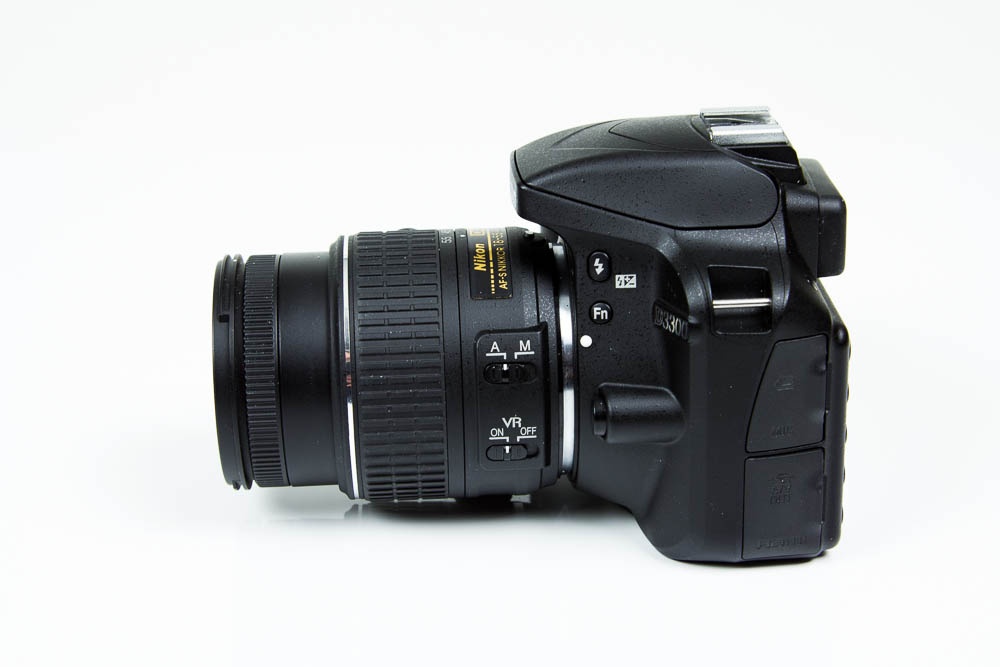
In an auto mode on the D3300 I'm seeing ISO values that don't add up for the lighting. One thing I would like to better understand about the D3300 is why under extremely bright light it will use a higher-than-expected ISOs (~320)? In similar conditions I would see 100 ISO or even 80 ISO on a P&S - and even shooting into shadow ISO 200.
#Nikon d3300 usb sofortbild manuals
It cuts out the 100s of pages typical of user manuals and dedicated photography books, and gets straight to the point. I bought the Nikon D3300 camera almost a year ago. Tips for taking mouth-watering food photos.A small amount of hand shake can make an image blurry, so you should keep the shutter speed above 1/60 of a second if possible (raising the ISO as needed), or use a tripod.įollow Richard Baguley or on Google+. It's large aperture lets in plenty of light for shooting in dim conditions and for creating very shallow depth of field.Ī longer zoom lens like the $250 Nikon 55-200mm f/4-5.6G ED IF AF-S DX VR Nikkor Zoom Lens (opens in new tab)will help you get closer in to distant objects, although the lack of image stabilization means it should be used carefully. We'd recommend that aspiring shooters consider adding the $199 Nikon 35mm f/1.8G AF-S DX Lens (opens in new tab) as a good prime lens (which means it has a fixed focal length with no zoom) for candids, street shooting and portraits. The Nikkor 18-55mm f/3.5-5.6G VR II AF-S DX NIKKOR Zoom Lens (opens in new tab) that comes with the Nikon D3300 kit is good for general shooting, but one of the advantages of a DSLR is that you get access to a huge range of other lenses. Some key controls on the D3300 include the Control dial (A), MENU button (B) and "i" button (C).
#Nikon d3300 usb sofortbild manual
However, as you get more comfortable with photography, Manual mode can help you get difficult shots in which you want a particular effect that the camera can't execute on its own. If you are a novice, this mode often does more harm than good. The camera will warn you if the exposure is off, but it won't stop you. M – Manual: You set both shutter speed and aperture. The camera will adjust the aperture (size of the lens opening) to insure you get a proper exposure.Ī – Aperture Priority: You set the aperture using the Command dial, and the camera sets the shutter speed. S – Shutter Priority: You set the shutter speed using the Command dial on the back of the camera, where your right thumb rests. The camera adjusts the shutter speed and aperture, and gives you the option to adjust a few other settings (which we'll explain). P – Program: This mode is best for general shooting.


AUTO – Auto: The camera makes all the decisions.


 0 kommentar(er)
0 kommentar(er)
